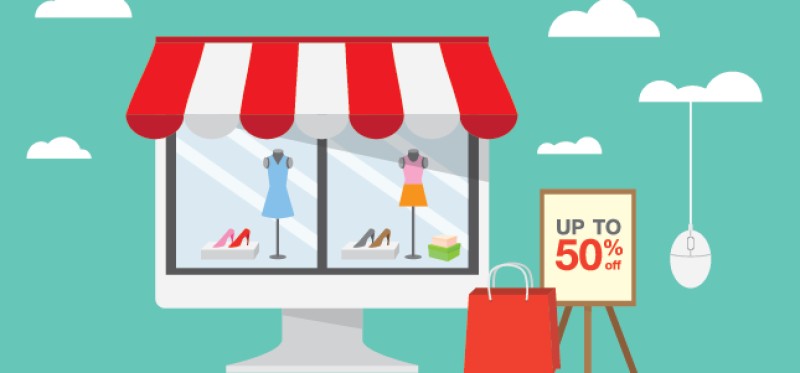It’s unquestionable that traditional stores are giving way to new retail landscapes. In-store foot traffic is declining and many consumers are bypassing brick-and-mortar stores to shop online. However, stores can still play a vital role in driving sales. Instead of mourning the decline of the traditional store experience, retailers should embrace new opportunities to combine the best of both digital and physical experiences.
Here, we’ll examine strategies for creating a frictionless experience that can move seamlessly across channels, or be contained in a single channel.
Give associates real-time access to customer data.
Data is on pace to be the differentiator for brands’ customer experiences. Therefore, give associates real-time access to enterprisewide inventory information and customer data from mobile devices. Equip them with tablets or mobile devices to obtain a 360-degree view of customer transactions, loop up inventory data, and assist customers with orders when items are out of stock. Creating such “digital knowledgebases” in stores will ultimately improve customer service, boost loyalty, and create the frictionless experiences customers desire.
Leverage digital insights and best practices to optimize the in-store experience.
Apply behavioral analytics from the digital channel to improve physical store operations. If there are certain items that are flying off the store’s virtual shelves or being discussed on social media, move them to high-traffic areas in the store. Let the customer know you are engaged in all channels.
Reduce costs by using retail stores as mini distribution centers.
If it’s not already available, the in-store pickup option should be a given for any digital purchase. It can be convenient for the shopper, and increases in-store traffic. In addition, take advantage of each store’s inventory and local shipping options. Integrate in-store inventory into the enterprise’s digital supply chain as a way to extend merchandising operations and reduce shipping time and costs.
Remove friction in the experience.
The digital experience has raised customer expectations of the in-store experience, as well. Put clear signage in areas for in-store pickup or returns, for example. Make sure items are in the correct spots with the correct prices. Staff the registers to meet traffic needs. Pay attention to the temperature in the store. Sometimes simple improvements will have a big impact.
For brands with tech savvy customers, invest in solutions like interactive screens in the fitting rooms. The fitting rooms at Rebecca Minkoff flagship stores, for example, offer interactive mirrors that recognize RFID-tagged clothing and display suggested items to complement what a shopper is trying on. If the customer is unsure about a particular item, she can save her fitting room session to an app and purchase the item at a later time at the store or online.
Refine your approach to hiring, training, and mindset.
The experience starts with hiring and training the right people to serve customers in the most effective way. After all, your employees are your brand’s most direct connection to customers. Beyond training for initial store associates, execute mindset and change programs to enhance the in-store experience by thinking differently about leadership and customer service. Implement best practices from top-performing stores across the entire network. Some stores do better than others. Recreate the best parts of those operations to lift other store sales and experiences.
Break down silos.
The in-store and online experience cannot be considered separate anymore. Companies like Macy’s and Nordstrom have combined online and physical merchandising and marketing organizations, breaking up silos to encourage a more omnichannel approach. Where possible, consider digital and physical operations as two parts of a holistic customer experience.
Upgrading stores with digital functionalities and analytics is only part of the solution. For a truly customer-centric experience, retailers must consider who their customers are, what their expectations are, and what may prevent them from making a purchase. The retailer who knows the answers to those questions wins the customer’s business.
Also, check out the most recent issue of our eNewsletter.
Giving Traditional Stores a Digital Makeover















